Hanoi - Halong Bay (1 Day)
07:30 - 08:30 : Meet our tour guide and bus then take a 3.5-hour bus drive through fertile rice fields to Halong Bay. Have a break en-route in Hai Duong City to free your legs.
12:30 : Board our Dragon Cruise and start cruising among limestone islands and photograph of stunning landscapes of Halong.
13:00 : Savor your lunch on board while passing by beautiful Stone Dog, Incense Burner Islet.
14:00 : Stop at a fishing village to see local fish-men community and know more about their life. Cruising further to take photos of Halong Bay symbol, a “Fighting cock” rock.
15:00 : Visit Thien Cung “Heavenly Palace” cave, the most beautiful in Halong Bay. Get back and cruise more around emerald water.
16:15 : Stop at the harbor again to catch the bus to Hanoi.
20:00 : Arrive back in Hanoi. Tour ends.
Being one of the world’s natural wonders and heritage recognized by UNESCO, Halong Bay is a truly attractive destination with 1,969 islands jetting out from the sea and with red sail junks dotting the horizon. Come and see what the Vietnamese call “The Descending Dragon”.
The islands in Halong Bay are mainly limestone and schist islands most lying in the two main areas: the southeastern part of Bai Tu Long Bay and southwestern part of Halong Bay. These islands represent the most ancient images of a geographical site having a tectonic age of from 250 million to 280 million years. They are the result of many times of rising and lowering processes of the continent to form a karst. The process of nearly full erosion and weathering of the karst created the unique Halong Bay in the world. In a not very large area, thousands of islands with different forms look like glittering emeralds attached to the blue scarf of a virgin. The area where many stone islands concentrate has spectacular scenes and world-famous caves and is the center of Halong Bay Natural Heritage, including Halong Bay and a part of Bai Tu Long Bay.
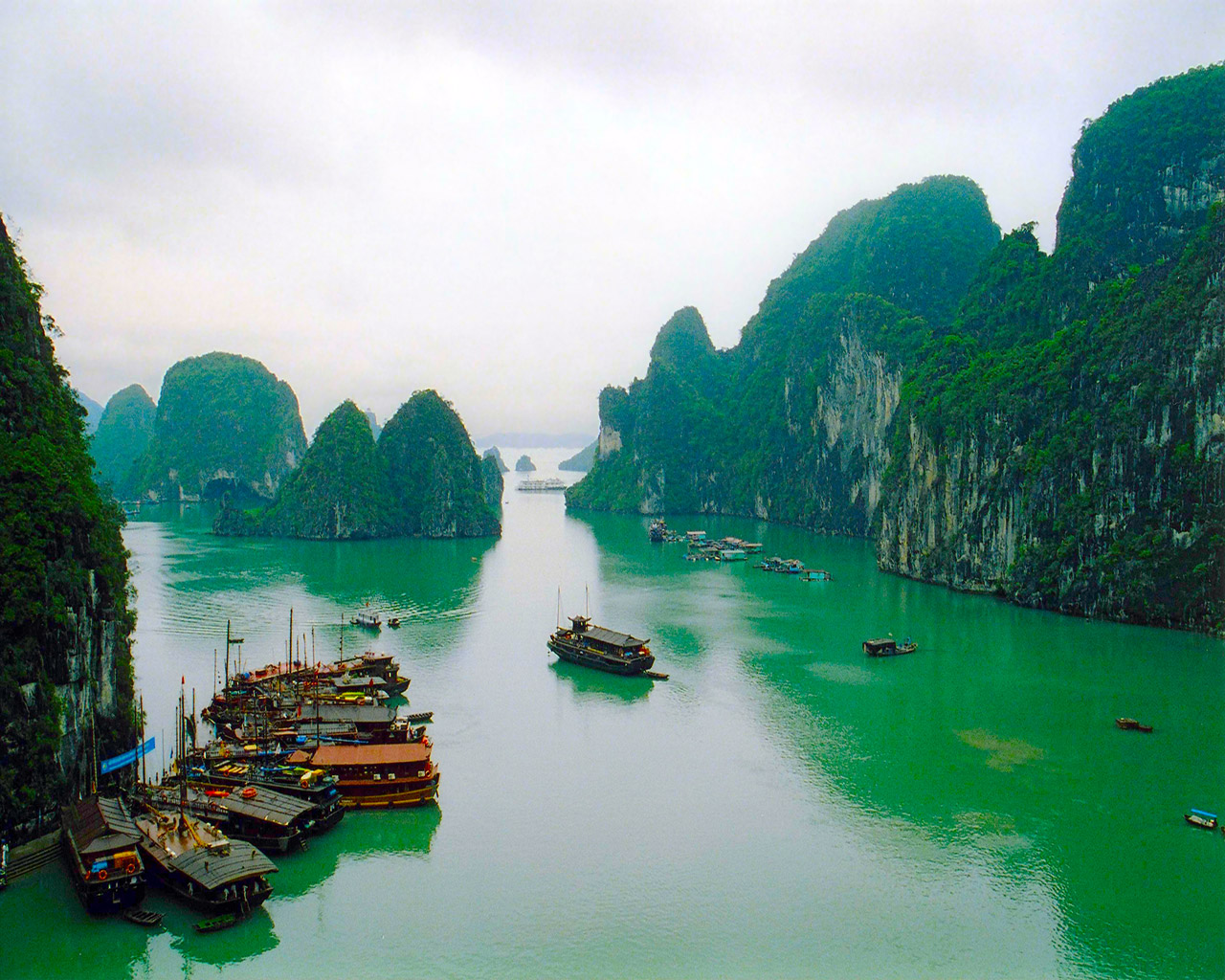
The area is recognized as the World Natural Heritage that is the area of 434 sq. km with 775 islands. It looks like a giant triangle with Ðau Go Island (in the west), Ba Ham Lake (in the south) and Cong Tay Island (in the east) as its three angle points. The nearby area is the buffer area and areas classified as national beauty spots in 1962 by the Ministry of Culture and Information.
In summary, Halong Bay possesses a tremendous diversity of caves and other landforms which derive from the unusual geomorphological process of marine invaded tower karst. These areas provide a unique and extensive reservoir of data for the future understanding of geoclimatic history and the nature of karst processes in a complex environment.


.jpg)
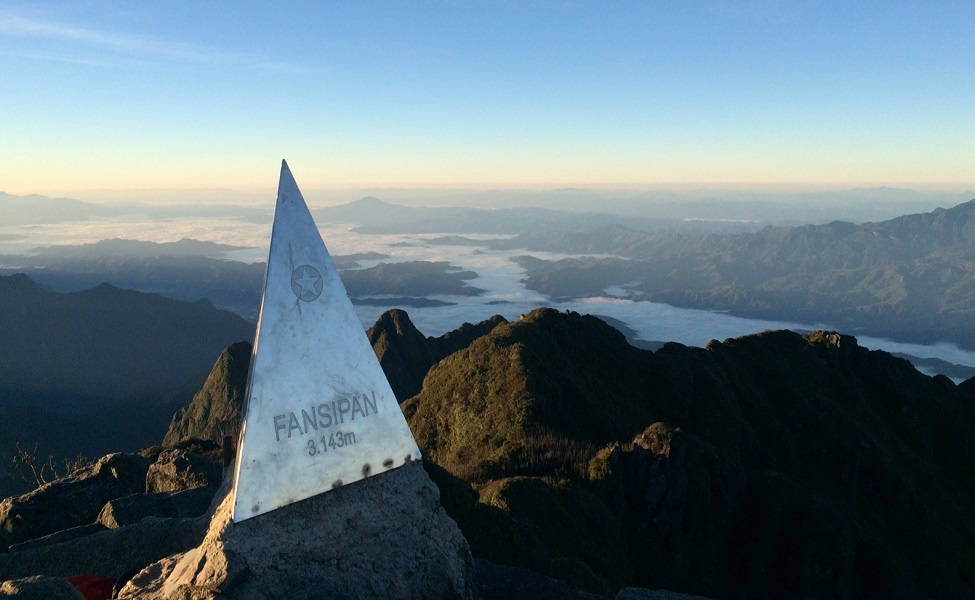
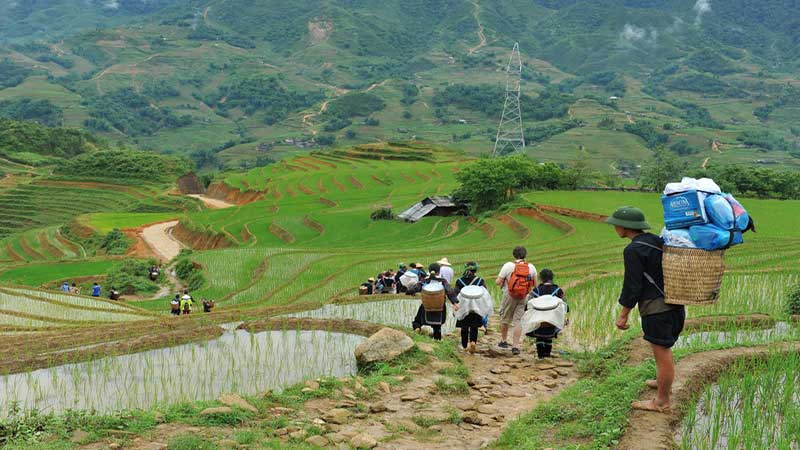
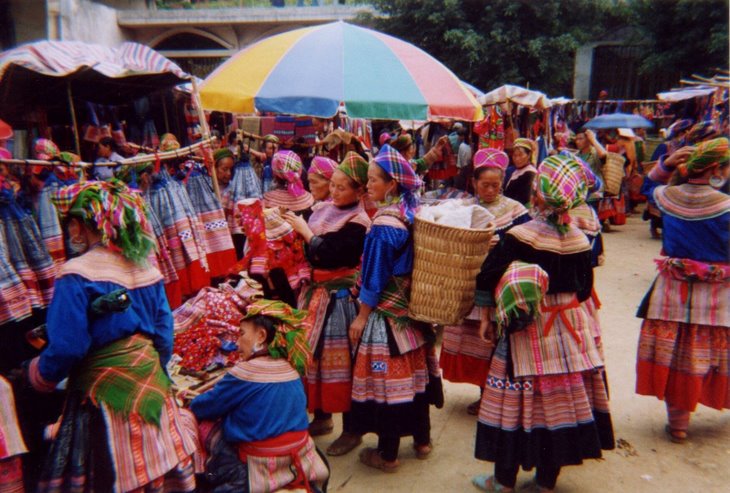

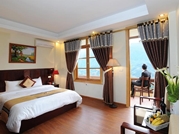
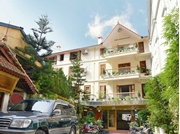
.png)